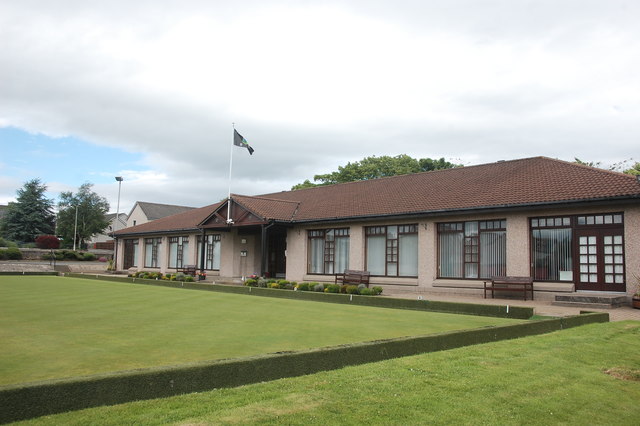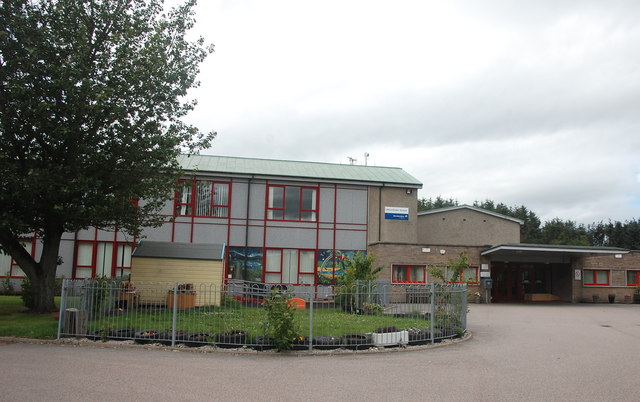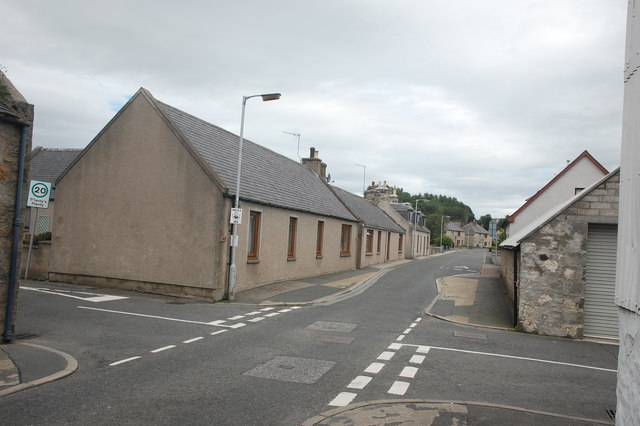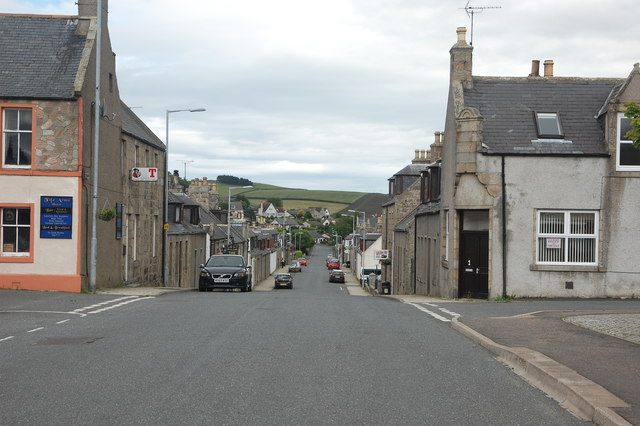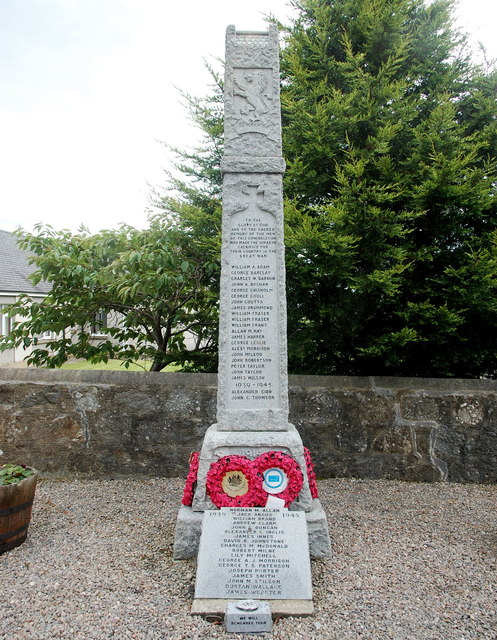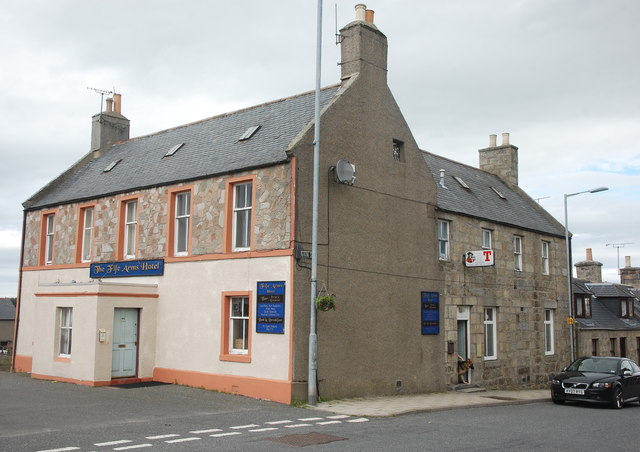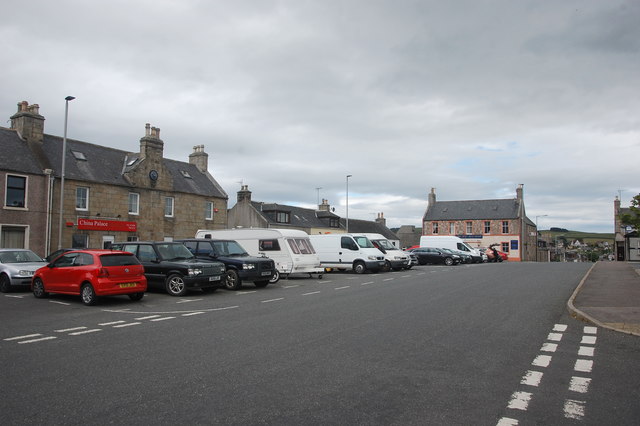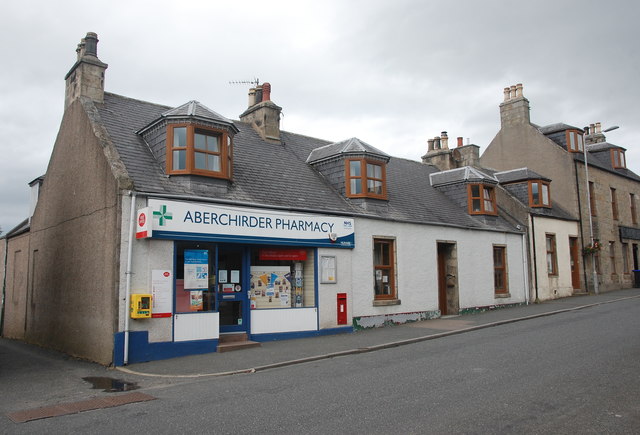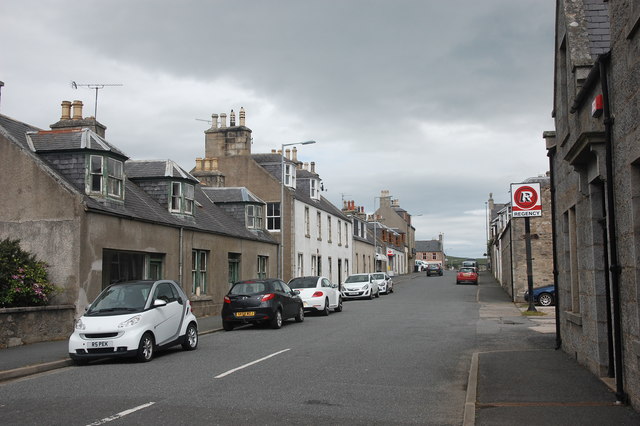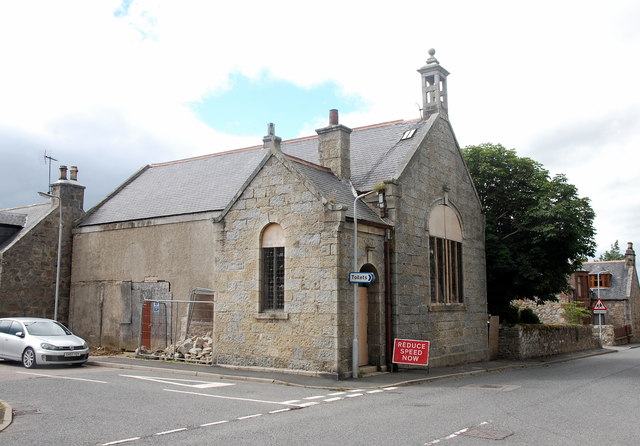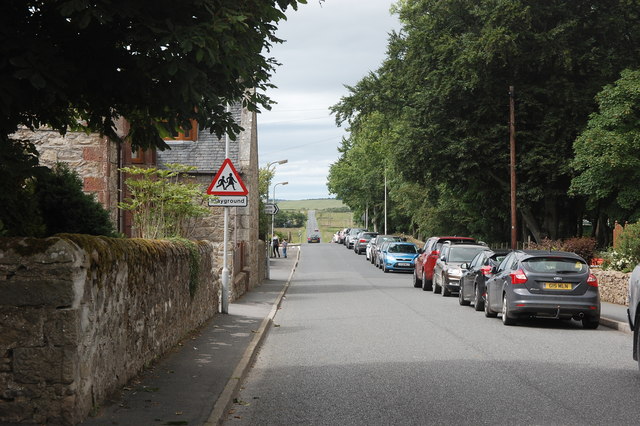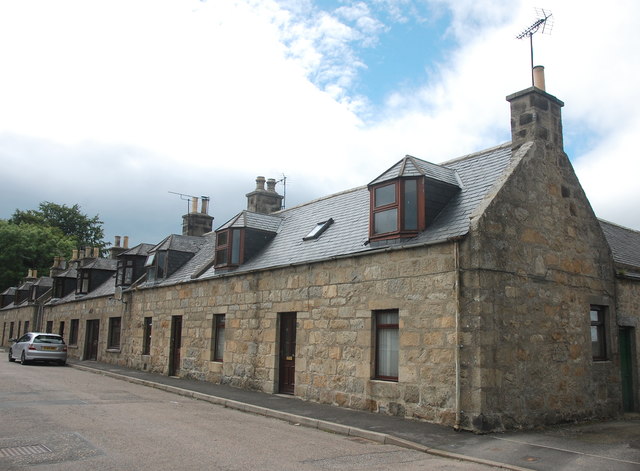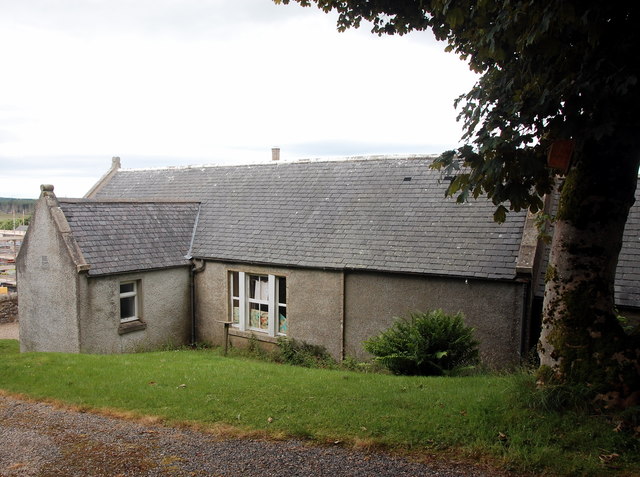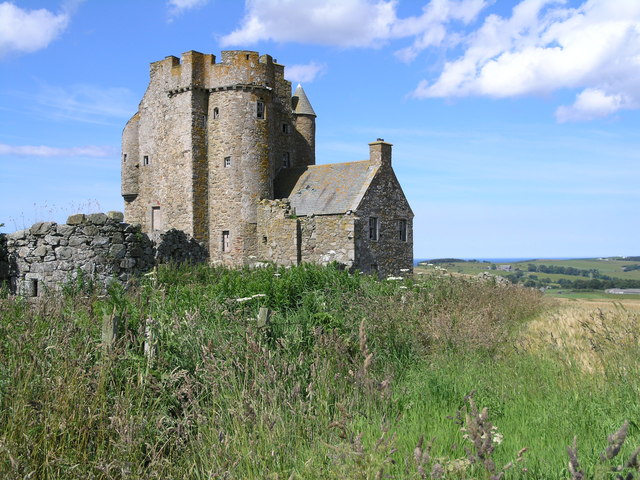Corskie Bridge
Downs, Moorland in Banffshire
Scotland
Corskie Bridge
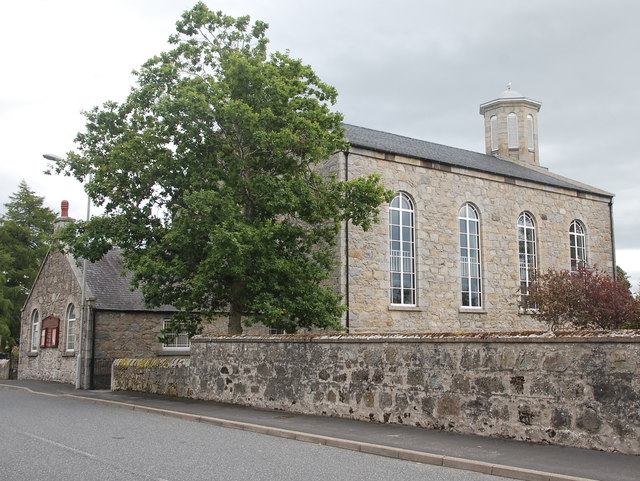
Corskie Bridge is a picturesque stone bridge located in Banffshire, Scotland. Situated in the charming countryside, the bridge spans over the Corskie Burn, a small river that flows through the area. With its tranquil surroundings and natural beauty, Corskie Bridge is a popular spot for nature enthusiasts, hikers, and photographers.
The bridge itself is an impressive structure, constructed with durable stone and boasting a classic arch design. It provides a vital connection between two areas, allowing pedestrians and vehicles to cross the Corskie Burn safely. Although the exact date of its construction is unknown, the bridge is believed to have been built in the 19th century.
Corskie Bridge is surrounded by picturesque downs and moorland, offering visitors breathtaking views of the Scottish countryside. The area is rich in biodiversity, with a diverse range of plant and animal species calling it home. Visitors can expect to see heather-covered hills, scattered wildflowers, and perhaps even some grazing sheep or Highland cattle.
The bridge is easily accessible, with a nearby parking area and a well-maintained footpath leading to it. Many visitors take advantage of the peaceful setting to enjoy a leisurely stroll or a picnic by the riverbank. The sound of flowing water and the gentle rustling of leaves create a serene atmosphere, perfect for relaxation and contemplation.
Corskie Bridge in Banffshire is a hidden gem, offering a wonderful escape from the hustle and bustle of everyday life. Whether it's for a peaceful walk, a scenic photography session, or simply to enjoy the beauty of nature, this charming bridge never fails to captivate visitors with its timeless charm.
If you have any feedback on the listing, please let us know in the comments section below.
Corskie Bridge Images
Images are sourced within 2km of 57.57168/-2.6131801 or Grid Reference NJ6353. Thanks to Geograph Open Source API. All images are credited.

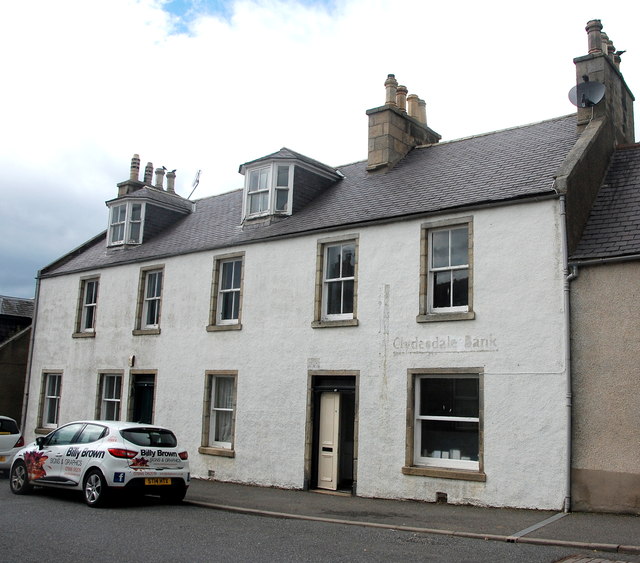
![Main Street, Aberchirder Aberchirder is the only significant settlement on the road (the A97) between Banff and Huntly. It is a fine example of an 18th Century Scottish planned (or improvement) village built on a rational grid pattern (compare Strichen and New Pitsligo). It was established by Alexander Gordon in 1764, to provide some stimulus to help the area recover from the economic devastation of the Forty-Five. The three main streets [North Street, Main Street (pictured) and South Street] run roughly east-west and are dead straight but certainly not level.](https://s3.geograph.org.uk/geophotos/05/45/15/5451595_894cd7d8.jpg)
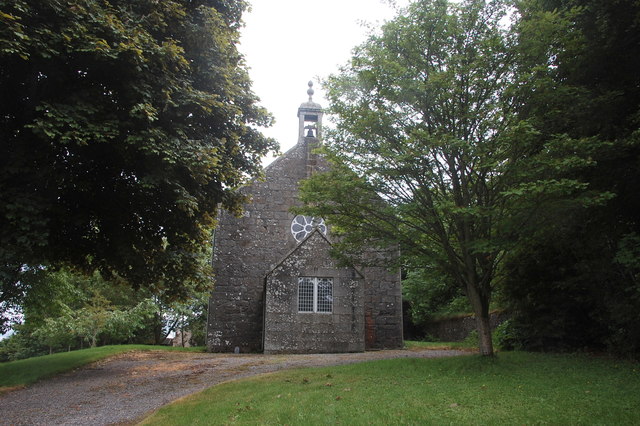
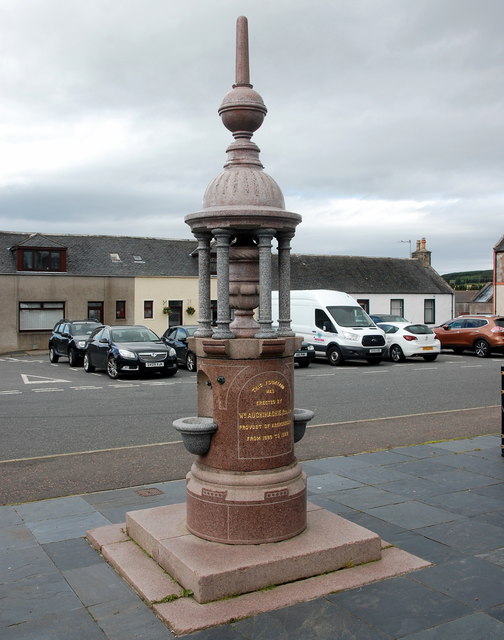
Corskie Bridge is located at Grid Ref: NJ6353 (Lat: 57.57168, Lng: -2.6131801)
Unitary Authority: Aberdeenshire
Police Authority: North East
What 3 Words
///functions.outgoing.thinks. Near Aberchirder, Aberdeenshire
Nearby Locations
Related Wikis
Aberchirder
Aberchirder (Scots: Fogieloan, Scottish Gaelic: Obar Chiardair) known locally as Foggieloan or Foggie, is a village in Aberdeenshire, Scotland, situated...
Bogton
Bogton is a rural area in Aberdeenshire, Scotland. To the south is Whitehill Wood and megalithic circle. == References ==
Whitehill Wood, Aberdeenshire
Whitehill Wood is a wood and megalithic stone circle in Aberdeenshire, Scotland, located off the B9025 road between Aberchirder and Turriff and between...
Castle of Park (Aberdeenshire)
Park or Castle of Park, is an A-listed rambling baronial mansion incorporating a 16th-century tower house. It is 4 miles (6.4 km) north-west of Aberchirder...
Inverkeithny
Inverkeithny is a village in the Formartine area of Aberdeenshire, Scotland. The village lies near where the Burn of Forgue flows into the River Deveron...
Forglen House
Forglen House is a mansion house that forms the centrepiece of the Forglen estate in the parish of Forglen, north-west of Turriff, Aberdeenshire, in the...
Cornhill, Aberdeenshire
Cornhill (Scottish Gaelic: Cnoc an Arbhair) is a small village close to Banff, Aberdeenshire, Scotland. It lies 5 miles (8.0 km) to the south of Portsoy...
Inchdrewer Castle
Inchdrewer Castle is a 16th-century tower house in the parish of Banff, Aberdeenshire, in the north-east of Scotland. Situated on a slight rise 3.5 miles...
Have you been to Corskie Bridge?
Leave your review of Corskie Bridge below (or comments, questions and feedback).
